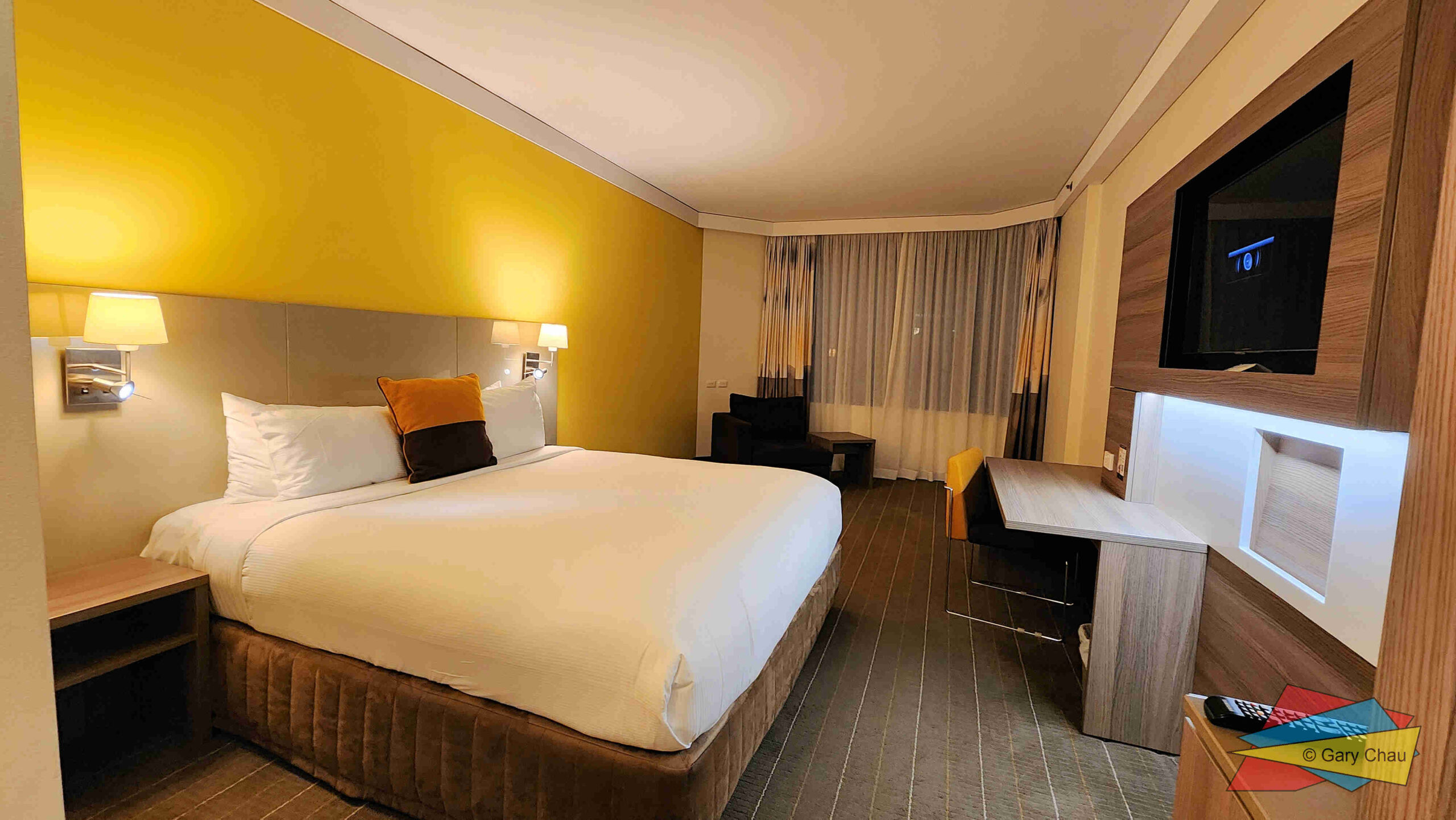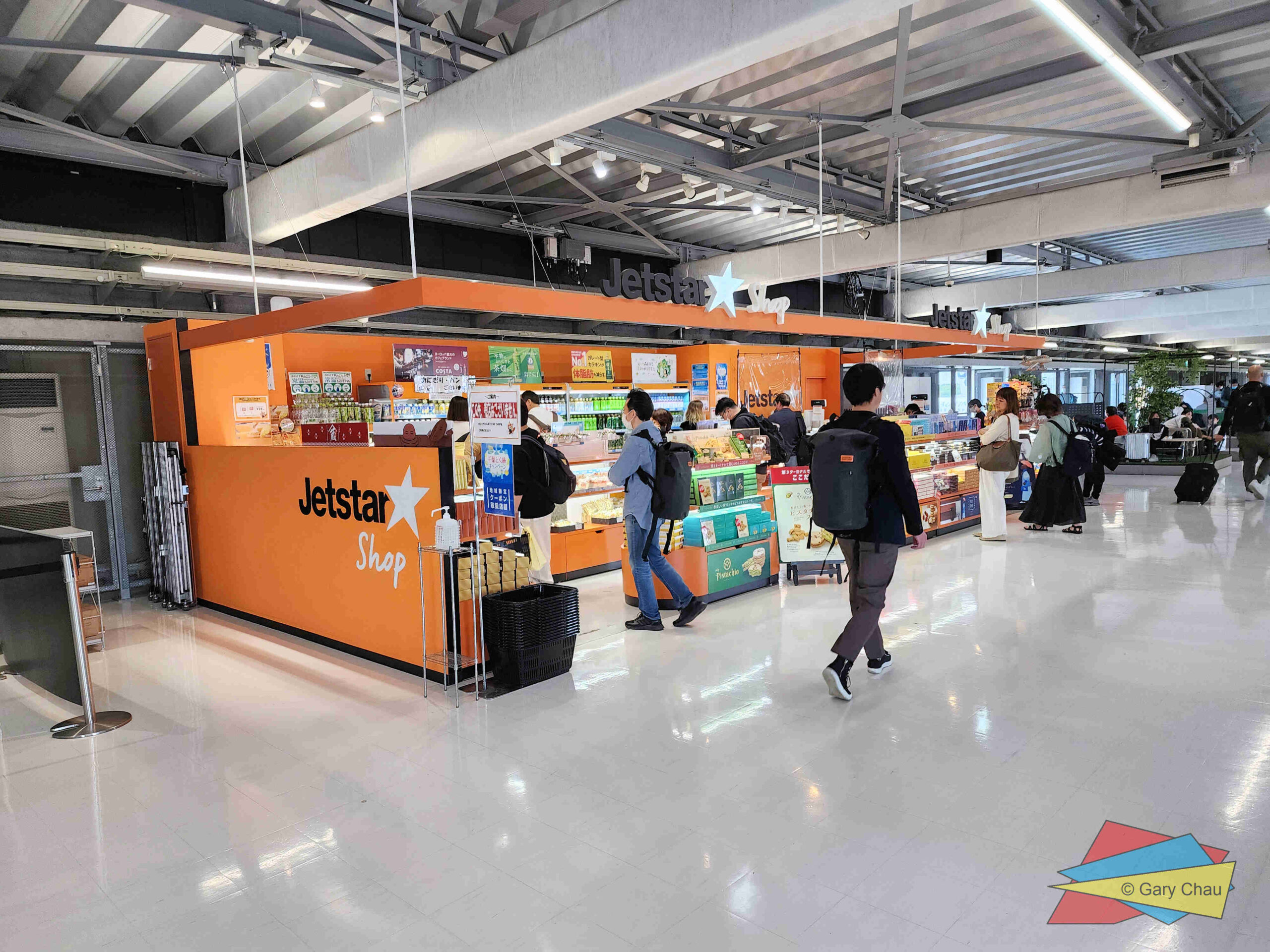Let’s face it, Japan is probably your dream holiday destination. Japan’s food, sights and culture are among the most highly regarded and revered. While you probably know a lot about Japan from the things available back at home like ramen, matcha flavor and Pokemon, you probably haven’t experienced the real deal. But before you jet off, here are some tips you could follow to ensure you have that dream holiday.
While Japan is the type of place you could probably enjoy without much planning, you will miss out on so much because many places require booking in advance such as the Studio Ghibli museum in Tokyo, Disneyland/Sea or are time sensitive such as the Tsukiji Fish Markets (e.g. getting up super early to watch the auctions).
Tips before travelling to Japan
Before traveling to Japan, you need to do and consider a few things:
Destination: decide where you want to go. This will help you determine whether to buy a Japan Rail Pass and how long you’ll be spending in a city. I recommend that beginners should take the Golden Route, that is from Tokyo to Osaka via the Shinkansen. The Golden Route is the one most people do because its simple and you visit most of the popular destinations that way. If time permits, you could visit any city along the route like Yokohama, Nagoya and Kyoto.
Japan Rail Pass: buy the Japan Rail Pass if you are traveling to various cities. Essentially the Japan Rail Pass gives you unlimited travel on all JR public transport including all Shinkansen (bullet trains), JR rail lines and JR buses based on the number of days on your ticket, usually 7, 14 or 21 days. Essentially you can use it for any JR (or Japan Rail) service and sometimes you can get discounts by showing your pass to vendors. We bought a ‘[Ordinary Car] 14 Day Whole Japan Rail Pass’ on Klook for AUD$579.35 per person (total AUD$1,158.70). If lucky, you can combine with a 15% cashback on Cashrewards. After ordering, you will get an exchange order/ticket delivered to your home and you will need to take this exchange order/ticket with you to Japan so that when you arrive in Japan you can exchange it at one of the JR ticket counters for the Japan Rail Pass. The Japan Rail Pass is essentially a cardboard booklet with a plastic taped on the important section card showing the active dates for your Rail Pass. I recommend bringing a clear passport holder to keep your Japan Rail Pass around your neck, because you will be flashing it at each ticket gate you pass. Also, you can tell the person at the JR Station when you want the Japan Rail Pass to commence. Just remember that the day you use it, including if you use it straight away on landing at an airport counts as day 1 (and day 1 ends at midnight that day, so it might not be worth activating the Japan Rail Pass right off the bat). Also, do not underestimate Japanese people, they have eyes of a hawk and can spot dates on your pass quickly if you try to use your Japan Rail Pass past its active dates.
Wi-Fi and Mobile Sim: rent a pocket Wi-Fi or buy a mobile sim card and have it delivered to your hotel. We usually go with Japan Wireless for $5 per day for both me and my wife’s internet use. Each pack comes with charging lines, a portable battery and a return address envelope for drop-off at the airport on departure. This is a super handy device that you can leave in your backpack. It comes with unlimited internet usage so there is no slowdown even if you over download. I recommend bringing something to cool it down, because it will heat it from overuse.
Insurance: consider buying travel insurance to give you peace of mind in case you get hospitalized or lose something valuable. We usually go with TID (or Travel Insurance Direct). We usually go for no insurance, because we feel Japan is really safe and if you know Japanese then you can can trust that someone will return your lost item to the local police station (or Koban). For example, when my wife lost her expensive sunglasses at the Shibuya 109, we were able to later retrieve the sunglasses at the local Koban and managed to picked it up upon describing what they looked like and where we lost it to the officer.
Money: bring physical cash with you since many places in Japan only accept cash payments particularly outside of the big cities. We were traveling in Japan for three weeks, so we brought over ¥3,000 in cash. We exchanged our money in Melbourne at United Currency in Flinders Lane. We recommend checking the exchange rate at least two to three months before your travel date to lock in the best bang for your buck. We exchanged when the currency was AUD$1 to ¥74.45, which is a poor return when only a few years ago in 2013-4 we were exchanging at AUD$1 to ¥95. Be sure to pack your money along with your passport in a secure travel wallet.
Cards: bring a credit or debit card to make purchases in the big city. We used a Citibank Debit Plus account. The Citibank account has been super useful throughout my trips to Asia as it allowed for cash withdrawals and over-the-counter payments. You can add your own currency to the card and withdraw Japanese currency from the bank. We found the exchange rate with Citibank is generally very good and close to the market. We found that our bank cards from Commonwealth Bank, even though they had the Mastercard symbol on it, could not be used to make cash withdrawals at most Japanese banks/convenient store ATMS or over-the-counter. Never get the Commonwealth Bank Travel Money card, it is the worst card ever as it has a horrible exchange rate and it doesn’t work anywhere except at major department stores. Just imagine me at a department store trying to pay for things and the poor Japanese clerk doing their best trying to get the card to work. I had to intervene (because of Japanese culture assuming that customers are always right) and paid with cash. Don’t be that person who holds up the line.
Accommodation: book your accommodation in advance. We booked at least six months before our holiday. We found some fantastic deals on Booking.com and Expedia by visiting the websites on different days and re-booking if it was cheaper.
Activities: book all your activities in advance. You save money and guarantee yourself entry. I will touch on what to book in a later post. You can book most of the activities on Klook, but the real deals are for those who know Japanese such as booking a cheap kaiseki at former Iron Chef Japanese Michiba’s restaurant. Normally kaiseki for foreigners is about $100 plus per person. But at Michiba, all you pay is ¥3,000 for a kaiseki per person. It was delicious, popular and awesome for Japanese speakers. You will be surprised when you see the bill. Even in Japanese, foreigners pay more if they don’t know where to go. The other big thing people book in advance is booking the Studio Ghibli museum. You can get the tickets by visiting their website or purchasing tickets via an authorized local vendor like JBT.
In the end, just have a great time. You know it will be phenomenal.
Let me know if I missed anything in the comments section below.
Please support the website by liking the article or subscribing to the mailing list.
Here are some of my recent articles:
Discover more from Australian Sightseer
Subscribe to get the latest posts to your email.



